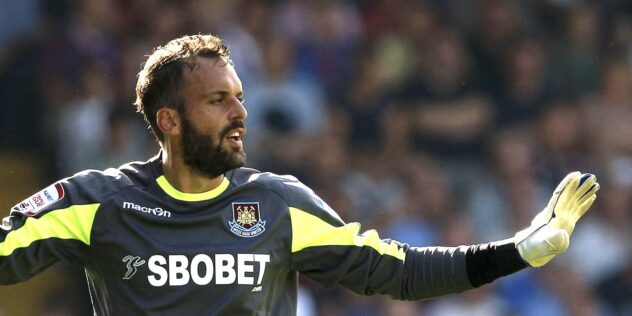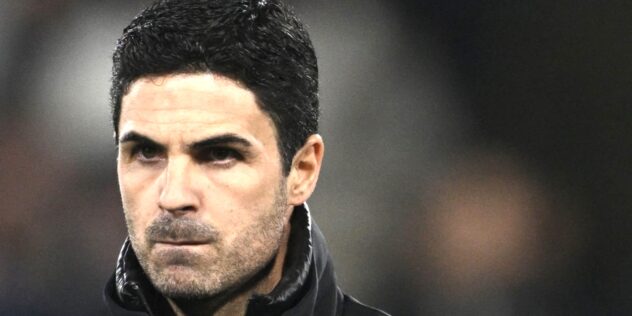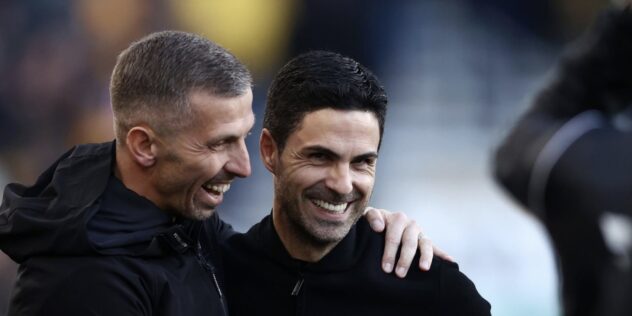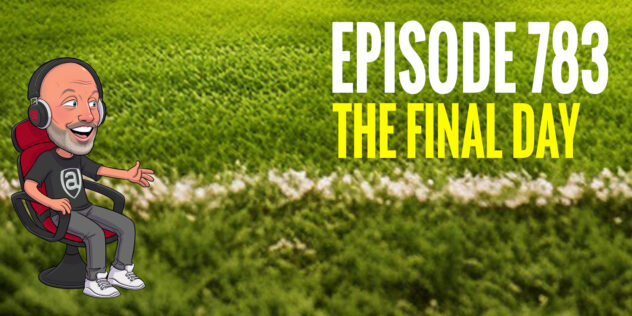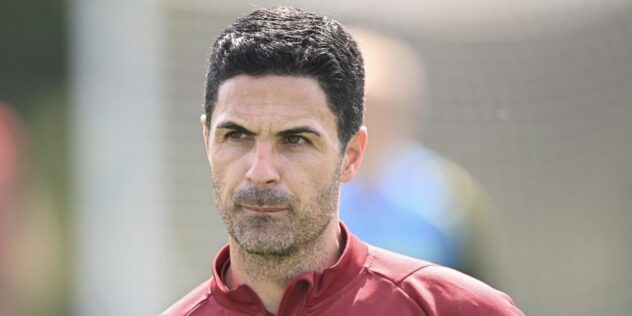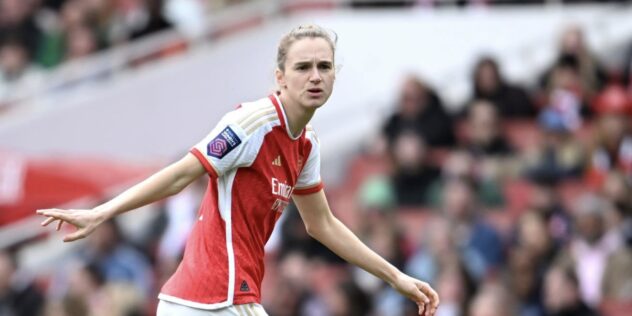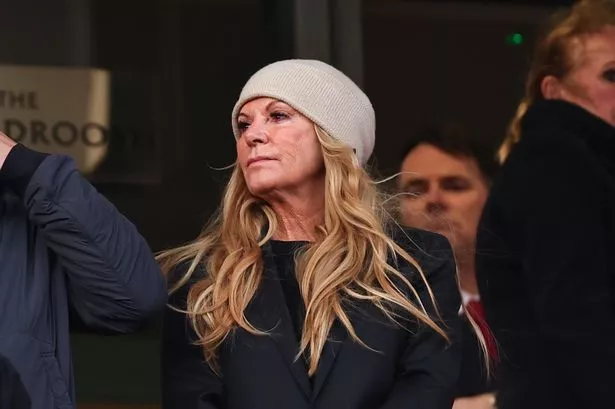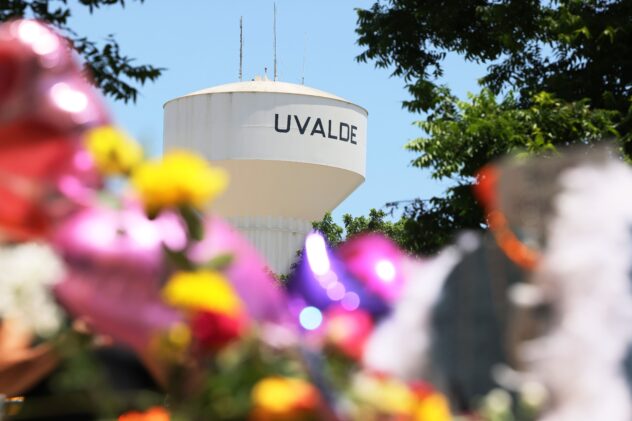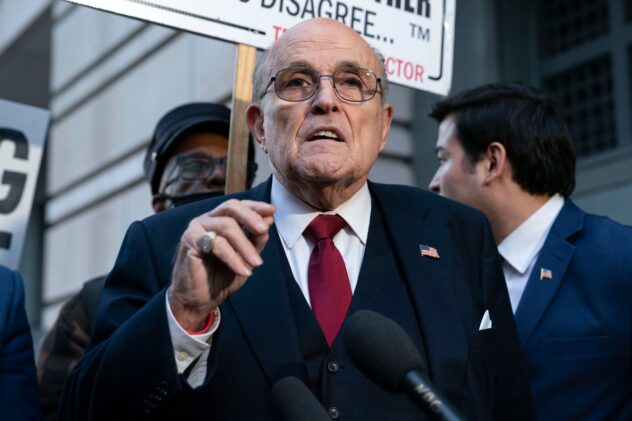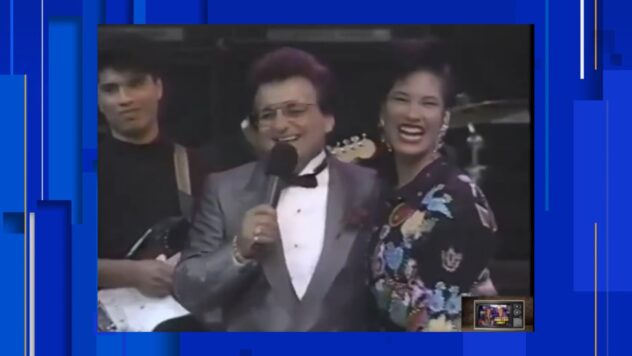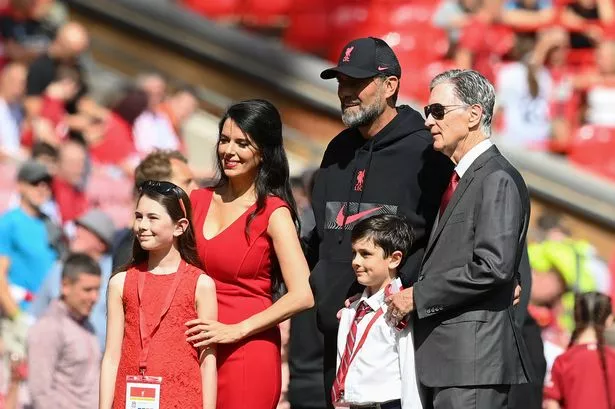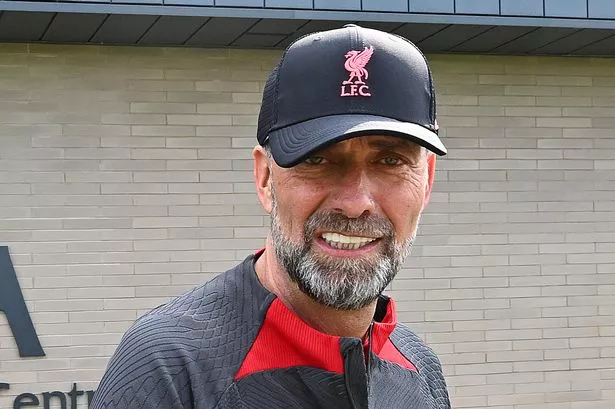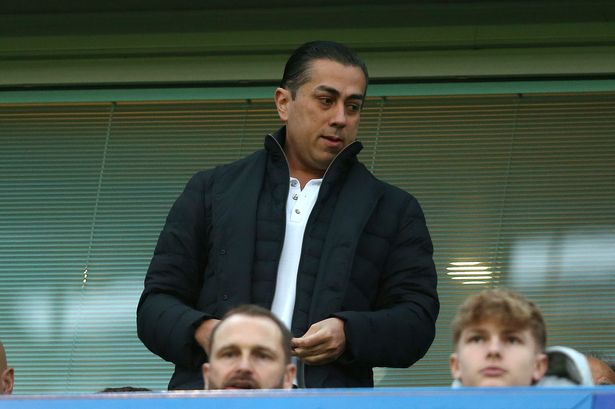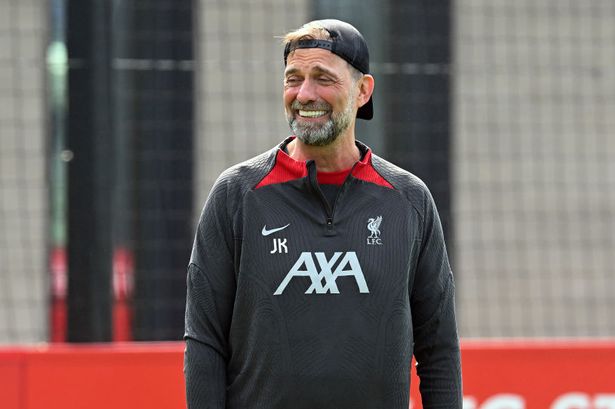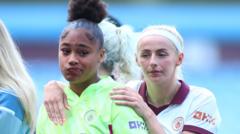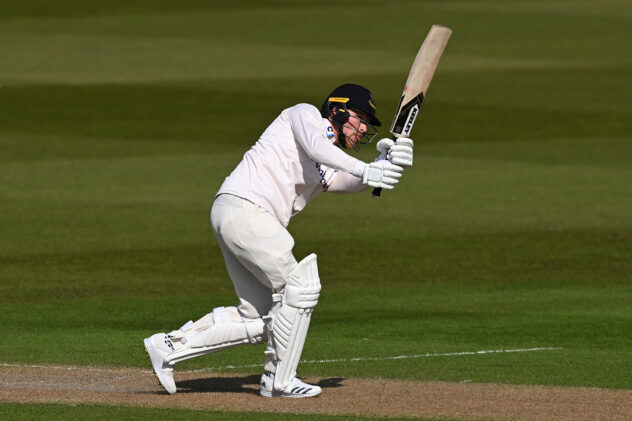Characters

Every good team, like every good dish, has a nice mix of ingredients and flavours. Alone, some of those ingredients might be underwhelming, or overpowering, bland or tart. Blended correctly, each texture can either elevate or balance out the respective flavours.
For football teams, this clearly translates into attributes. You wouldn’t play 10 defenders and a goalkeeper but neither would you select 10 attackers and a goalkeeper. Balance and chemistry is the holy grail for any coach, to get the right mix of Thierry Henrys and Ray Parlours.
For Mikel Arteta, rediscovering that balance at Arsenal has proved to be a long process. He inherited a squad with the wrong mix of attributes, in some cases a lack of quality altogether, the age curve of the squad was also incorrect leading to a poor mix in the dressing room as well as on the pitch.
Having the wrong blend of personalities isn’t always a matter of just having bad characters. It’s the mix that is important. On its own, petroleum is incredibly useful and bar a slightly unpleasant smell, pretty inoffensive. Add a lit match and it becomes a lot more problematic.
Mikel Arteta and Edu have been searching for the right tactical blend with their recruitment. One of the things that I find really interesting about this Arsenal team is the number of left-footed players. Gabriel, Zinchenko / Tierney, Odegaard, Xhaka and Saka start pretty much every game for which they are available.
On the vast majority of match days, Arsenal’s outfield selection is 50% left-footed and 50% right-footed. Even when Takehiro Tomiyasu is played at left-back, that chemistry does not alter unduly because he is so strong on his left-side. Fabio Vieira can fill in for any one of Odegaard, Saka or Xhaka.
I mention this because it is the most literal interpretation of the tactical and technical balance that Arteta desires. There is simply no chance that the balance of left and right footers is an accident and I would wager that it’s rare to have that many left-footers in a starting line-up across European football.
However, for a long time, Arsenal have had an unbalanced physical and personal profile in the team. Dating right back to the break up of the Invincibles, themselves the near perfect blend of grit and glitz. Arsene Wenger dissolved that team in favour of a younger, sleeker model.
It led to teething problems, in the 2005-06 season, the Gunners lost 11 away matches in the Premier League. They were defeated at places like Blackburn, Bolton, Chelsea, Everton, Middlesbrough and Newcastle.
Among the goal scorers they conceded to in those matches? Kevin Davies, Didier Drogba, James Beattie, Yakubu and Alan Shearer. Arsenal’s youth correlated with a physical fragility too easily exploited by some of the Premier League’s bulldozers.
Wenger later sought to stabilise that team by adding an extra midfielder and moving to more of a 433 / 451 formation. Later in Wenger’s reign, during Emery’s tenure and the early years of Arteta, Arsenal had the wrong age profile for the squad which also led to a poor mix of personalities.
After failing to qualify for the Champions League in 2017, the club was gripped by ‘status anxiety’ and they splurged on late prime players with a view to a quick re-entry to the land of milk and honey. Aubameyang was signed and then given a new contract (the latter on Arteta’s watch).
Ozil was awarded a big new contract and players like Sokratis, Henrikh Mkhitaryan, David Luiz and Willian were acquired over those years with a view to giving Arsenal a greater backbone. Needless to say it didn’t work and it’s not necessarily because any of the aforementioned are bad people.
It was the blend that was wrong. Having too many senior ‘been there and done it’ types over eggs the pudding. I have often drawn the comparison between Mikel Arteta and the early years of George Graham. Graham inherited a squad stacked with international talent that had underperformed over several seasons.
Out went big players and big characters like Kenny Sansom, Graham Rix, Tony Woodcock and Steve Williams and they were supplanted by players from the academy, such as Michael Thomas, Paul Merson and Tony Adams, as well as younger, hungrier players from the Football League like Steve Bould, Lee Dixon and Nigel Winterburn.
That worked beautifully well for Arsenal for a few years. However, the skill of the manager is knowing when to tighten the line and when to let it sag a little. Graham struggled to loosen his grip and, eventually, it wore his players down.
Arteta has embarked on a very similar project, sometimes painfully extracting big players and personalities from the team and bringing in talent for whom Arsenal represented a big opportunity in a career sense. Ben White and Aaron Ramsdale were stepping up from their previous clubs.
Martin Odegaard was given the opportunity to finally burnish his talent as the leader of an emerging team. This summer, characters like Gabriel Jesus and Oleksandr Zinchenko were parachuted in, at 25 they are still young enough to fit the age profile of the team but they bring experience of being in a ‘win or die’ culture.
While bringing the age (and wage) profile of the team right down, Arsenal haven’t repeated the error of ‘project youth’ circa 2005. They have recruited young but not quite as young as Arsenal did back then. Most of the players that have come in as starters have been aged between 22 and 25.
However, you also need to keep one or two of your bigger characters, your leaders, around. You cannot extinguish them all. George Graham might have been blessed with a young, natural leader like Tony Adams but he kept guys like Paul Davis around. He also brought in Kevin Richardson and Brian Marwood during that initial period.
There may have been a kernel of truth, though bitterly expressed, in Aubameyang’s accidental on the record musing that “he (Arteta) needs some young players, they don’t say anything, they listen.” However, it ignores the role of Granit Xhaka as the ‘dad’ of the team.
I think Xhaka has benefitted from having his leadership role clarified as the age profile of the team has been amended around him. Gabriel Jesus was immediately appointed to the captaincy group upon arrival and that’s because, if you’ll forgive the coarse language, he is one serious motherfucker. He has been since he was a teenager.
When Jesus left Manchester City this summer, Pep Guardiola purred about his character. “Even if you play him for five minutes, he gives you the best five minutes of his whole life.” Jesus was introduced from the bench in a low key home game against Bodo Glimt recently, just as Arsenal started to slip into second gear.
He re-ignited the game, producing a magical assist for Fabio Vieira. “Look at what he has won and how he plays tonight, follow him,” was Arteta’s simple message to his players post-match. Make no mistake, that was a message for his players.
In recent weeks, Gabriel Magalhaes has come under a little (not a lot) scrutiny for his performances and a perception that he is too error prone. I think this rather ignores the fact that every team, not least every defence, needs a knife in the teeth player.
Gabriel Magalhães vs. Leeds United:
90 minutes played
80 touches
54 passes (90% accuracy)
4 clearances
4 blocks
3 interceptions
3 tackles
7 ground duels (6 won)
2 aerial duels (100% success)
1 clean sheetTop performance, @biel_m04. 🇧🇷
— TheAFCnewsroom (@TheAFCnewsroom) October 19, 2022
Every Adams needs a Keown, every Per a Kos, every Ferdinand a Vidic. Arsenal have enjoyed a lot of “sunshine” performances this season, where everything has clicked and the team takes on the appearance of a purring engine.
William Saliba is a veritable Rolls Royce at centre-half. He is so beautifully in control of his own movements, his own monstrous stride that he wouldn’t look out of place in Swan Lake. However, on some days the engine splutters and that’s when you need a mechanic.
At Leeds, Arsenal were absolutely not in control of the game, they were under fire. This was a Gabriel game. To quote my fellow Arsenal Vision podsman Clive, you need those players who can handle it if the game spills into the car park.
Keown was in this mould and so was Koscielny. Those players will always skirt close to the line. Keown had a lot more red cards than Tony Adams in his career, Koscielny had more own goals and penalties conceded than Per Mertesacker but the team would have suffered without them.
In the early days of project youth, when Arsenal were turning out Philippe Senderos alongside Kolo Toure in defence, fine players both, there were too many days when the likes of James Beattie, Kevin Davies and Didier Drogba took their lunch money.
It’s not just his left-footedness that means Gabriel is an automatic pick alongside Saliba and / or Ben White. Aaron Ramsdale too is what I would call a “knife in the teeth” player. Last season he talked about how he likes to engage with the opposing fans behind his goal because it gives him the extra motivation to keep the ball out of the net.
He also relished the battle at Elland Road, taking a ball in the bread basket at one point before leaping to his feet and asking for more. Arsenal were fortunate to win at Leeds, there is no two ways about it but it is also a sign that the character profile of this Arsenal team is coming together.
The challenge for any manager is maintaining that. George Graham could not do it because he couldn’t loosen the line. Arsene Wenger managed it for a little longer but, ultimately, he allowed the line to sag to the floor. Arteta’s challenge will be boosting and maintaining the current chemistry.
The contract situations of Bukayo Saka, William Saliba and Gabriel Martinelli will represent an immediate challenge. If Arsenal convince all of them to sign, the carefully constructed wage profile of the squad will alter. The terms, as well as the process of ageing and experience, will tip some of those players from young pups to well-groomed attack dogs.
Liverpool very quickly moved from a team with the perfect blend of age profiles to a team that was getting old together. Both the beauty and the volatility of football is that, in the words of Ian McCulloch, nothing ever lasts forever. A lot of fine tuning has happened to get Arsenal to a stage where they have a harmonious orchestra but the tuning process is a constant one.

